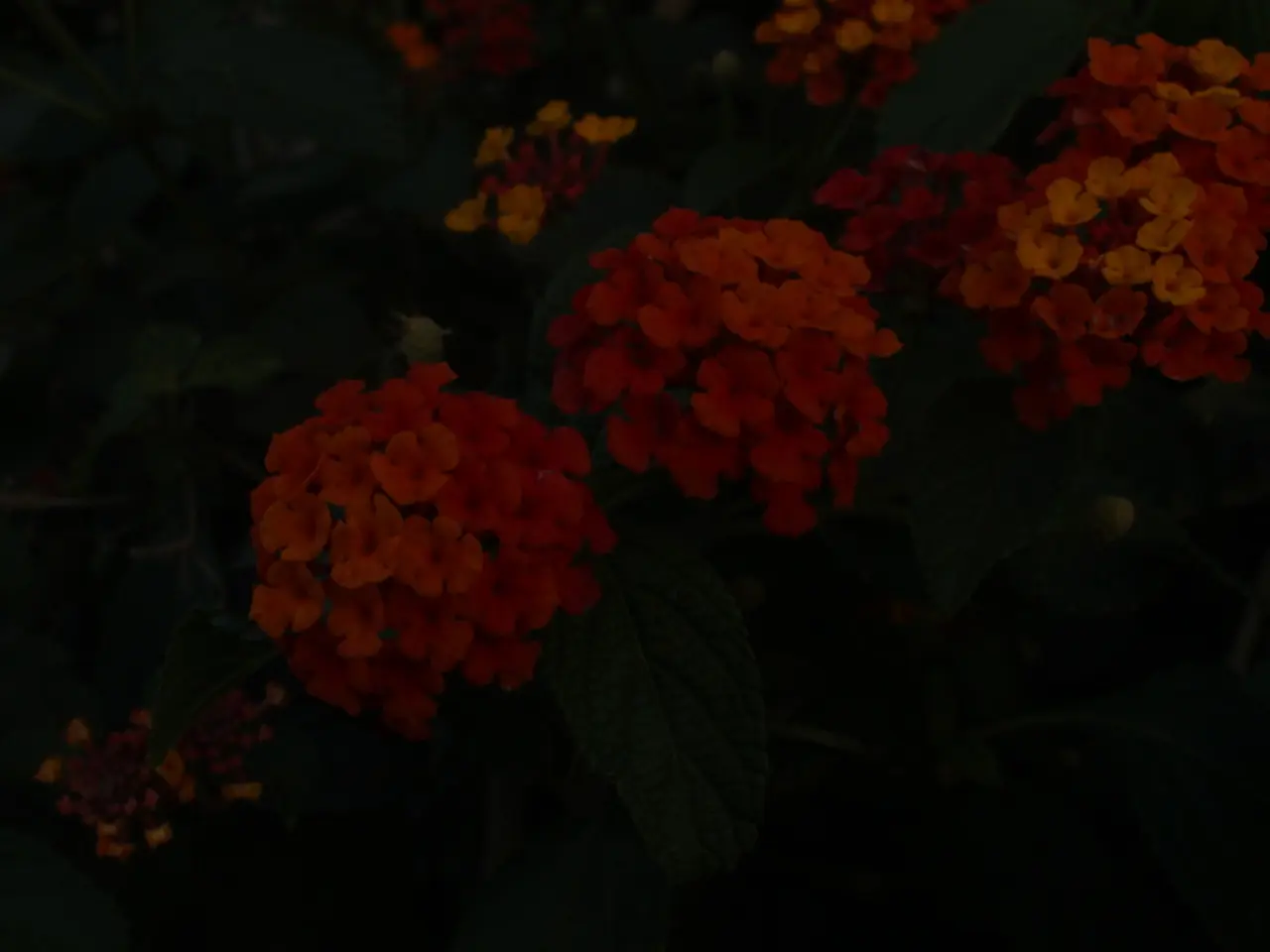Combinations of Indigenous UK Plant Species
================================================================================
Embrace the beauty of nature by cultivating a garden that supports native UK wildlife. Here are some recommended plant combinations to attract a diverse range of pollinators and native species.
Incorporating native plants into your garden not only enhances its aesthetic appeal but also provides essential food, shelter, and reproduction for the local fauna. One such combination is the pairing of the Ragged Robin (Lychnis flos-cuculi) with Cow Parsley (Anthriscus sylvestris 'Ravenswing'). This duo offers a garden that provides pollen and nectar for pollinators and food for native caterpillars.
For those seeking to create a haven for native wildlife, consider implementing a wildlife pond, a wildlife bog garden, or a wildlife hedge. Choosing native plants for these features is crucial. Additionally, building wildlife shelters, creating dead wood habitats, and growing plants for bees can significantly contribute to the support of native fauna.
To attract a variety of pollinators, consider planting White-flowered corn cockle (Agrostemma 'Alba') alongside Field Maple. This combination creates a garden that is attractive to native species.
Trees, shrubs, and wildflowers all play a vital role in supporting native fauna. Trees such as Crab Apple (Malus), Rowan, Hawthorn, Elder, Birch, Willow, Yew, Hazel, and Guelder Rose provide early-season nectar and pollen for emerging pollinators, berries and seeds for birds, and shelter or nesting sites. Shrubs like Blackthorn, Holly, Dogwood, Elder, and Guelder Rose offer dense foliage for nesting birds and berries for food, supporting a diverse bird population.
Wildflowers and nectar-rich perennials like Red Campion, Oxeye Daisy, Wild Marjoram, and Buddleia (though Buddleia is non-native but often recommended for butterflies) collectively support butterflies, bees, ladybirds, hoverflies, and other pollinators. Climbing plants, such as Honeysuckle, provide additional nectar for butterflies and other pollinators, adding vertical habitat complexity.
A diverse planting schedule with species that flower or fruit in different seasons ensures continuous sustenance for pollinators and birds. For example, summer blooms support finches and goldfinches, while winter berries benefit blackbirds and thrushes.
Leaving parts of the garden wild, incorporating native hedges for borders, and providing nesting features enhance habitat quality.
Some low-maintenance combinations for shady spots include Foxgloves, Nettles, and Cow Parsley, which provide pollen and nectar for pollinators and food for native caterpillars. A nectar-rich container display can be created using these plants.
For those interested in receiving advice and inspiration from favourite gardeners, the newsletter sign-up allows users to do just that. The newsletter is protected by reCAPTCHA, and the site's Google Privacy Policy and Terms of Service apply.
Crown Vetch (Coronilla varia) and Field Scabious (Knautia arvensis) are a pollinator-friendly combination that grows best in full sun with well-drained soil. A wildlife hedge can be planted with robust native plants like Blackthorn (Prunus spinosa), Hazel (Corylus avellana), and Hawthorn (Crataegus monogyna).
By choosing to cultivate these native plant combinations, you are contributing to the support of a rich native fauna and pollinator community across the UK. Happy gardening!
[1]: Source for plant information [2]: Source for pollinator support information [3]: Source for supporting native wildlife information [4]: Source for vertical habitat complexity information
Incorporating native plants such as Ragged Robin and Cow Parsley, known for attracting diverse pollinators and native species, into a home-and-garden setting can enhance the overall lifestyle by providing essential resources for local wildlife. To create a complete home-and-garden ecosystem that supports native wildlife, consider implementing a wildlife pond, bog garden, or hedge, and choose native plants for these features, as well as growing plants for bees and building wildlife shelters. Building a wildlife-friendly garden could transform your home-and-garden into a haven for native flora and fauna.




